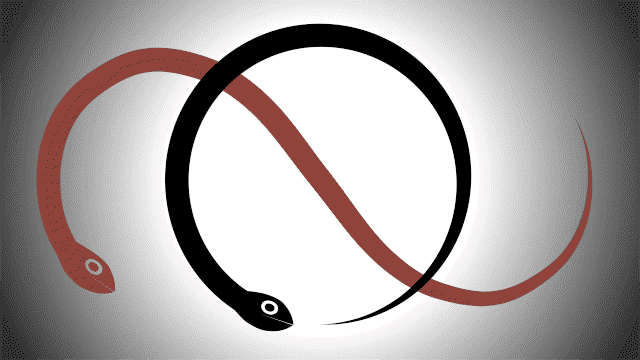
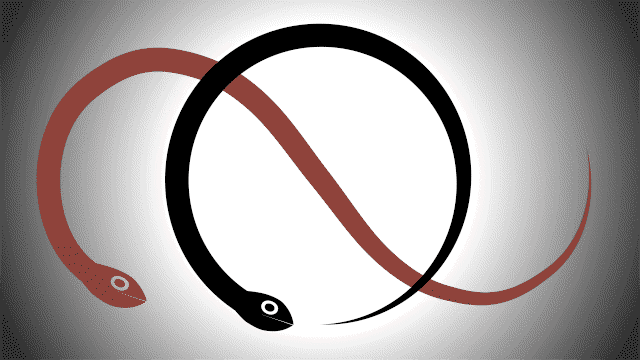 Some snake experiments in Moho Pro 12.
Some snake experiments in Moho Pro 12.
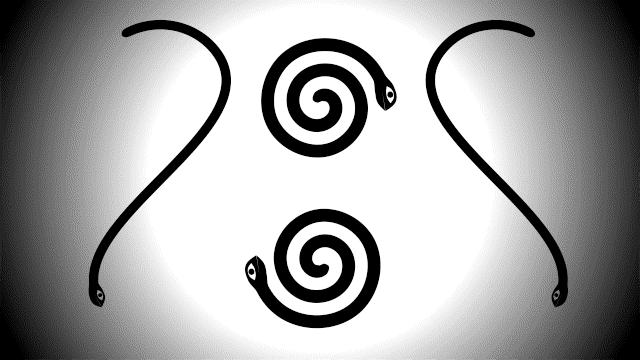
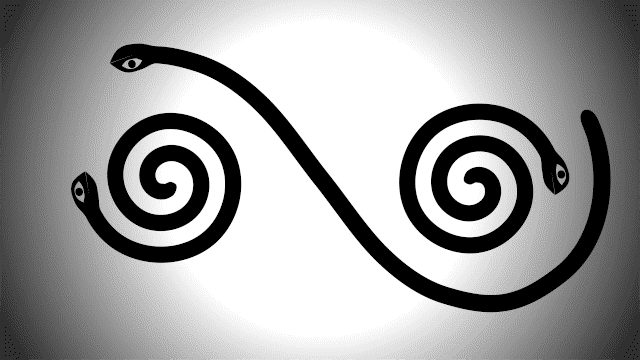
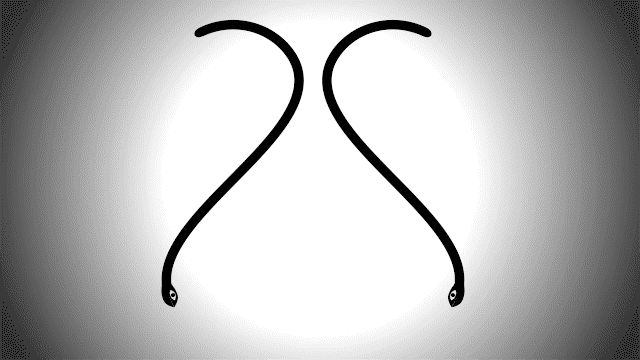
Animator. Director. Artist. Scapegoat.
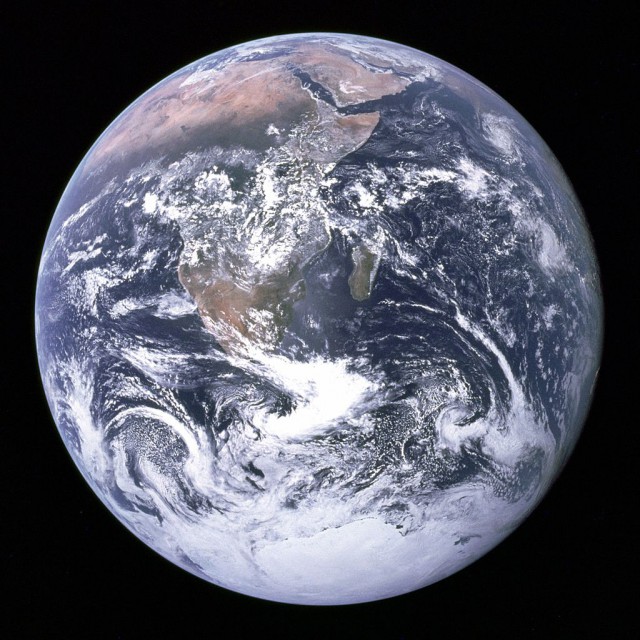
The Gaia Hypothesis posits the Earth’s biosphere is a single living organism. Living organisms by definition reproduce. How would a planet’s biosphere reproduce?
By sending reproductive cells of some sort to other planets.
Much (possibly most) of the Earth’s biosphere consists of bacteria. In fact most animals, including humans, consist largely of bacteria. Animals are mobile housing units for bacteria.
Humans are a peculiar animal. We’re creating our own extinction event. We seem hellbent on exploiting and destroying “nature,” yet we are part of nature, produced by nature. Why would the biosphere produce homo sapiens?
An extremely popular belief of our time is that humans will colonize other planets. Many humans consider this a more worthy goal than preserving biodiversity on Earth. Humans are willing to trash this planet in order to reach others.
It is vanishingly unlikely humans will survive on other planets. But it is likely we will reach other planets. We will not colonize other planets with humans, but with bacteria.
Humans are Gaia’s way of sending bacteria to other planets, thereby reproducing.
Humans will reach other planets, fueled by human dreams of human colonization. Humans will then die on other planets, leaving convenient meatbags for Earth’s bacteria to feed on, giving them a nourishing head start in a new world. Just as seeds and eggs contain mostly nutrition for zygotes, space humans are mostly nutrition for bacteria. Over billions of years, these pioneering bacteria will evolve, growing a new biosphere of diverse life forms. A new, living planet – another Gaia – is born.
Human exploitation of natural resources culminates in leaving the Earth. Travel to other planets is the pinnacle of human technology. The Holocene Extinction is the price Gaia pays for Her reproductive phase.
Reproduction requires a huge investment of an organism’s energy and resources. Many organisms die upon reproducing. I personally think that even if an Anthropocene environmental catastrophe wipes out “higher” life on Earth, bacteria will persist. Bacteria thrived before oxygen was a major component of Earth’s atmosphere, and will probably thrive after. But whether Gaia is semelparous or iteroparous, to be alive, She must reproduce.
Bike Ride to Homer Lake from Nina Paley on Vimeo.
On this lovely day, April 12 2017, I attached my iPhone to my recumbent bike and used an app called “OSnap!” to take a picture every 3 seconds on a 30-mile bike trip. A few of the frames are upside-down, I guess going over bumps affected the phone’s uppy-downy sensors. Music is “Curley Shirley” by Otto Sieben.